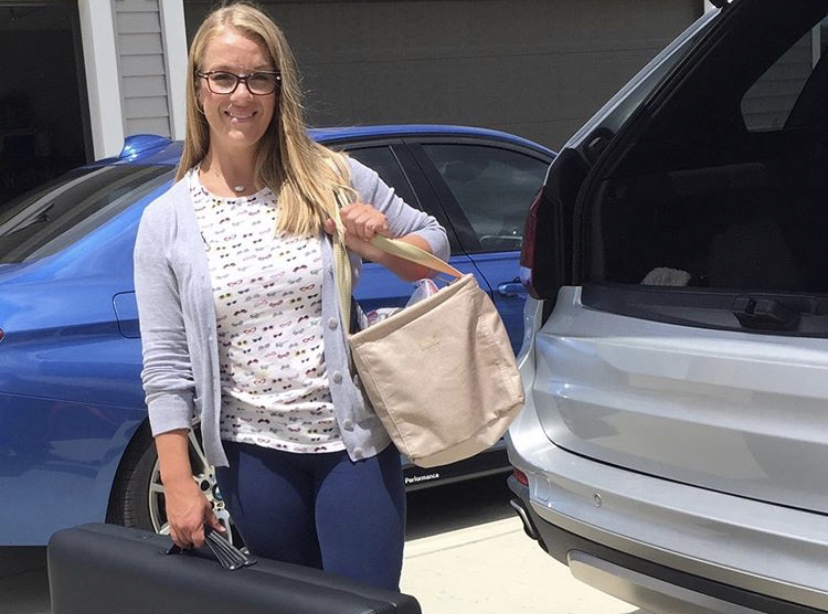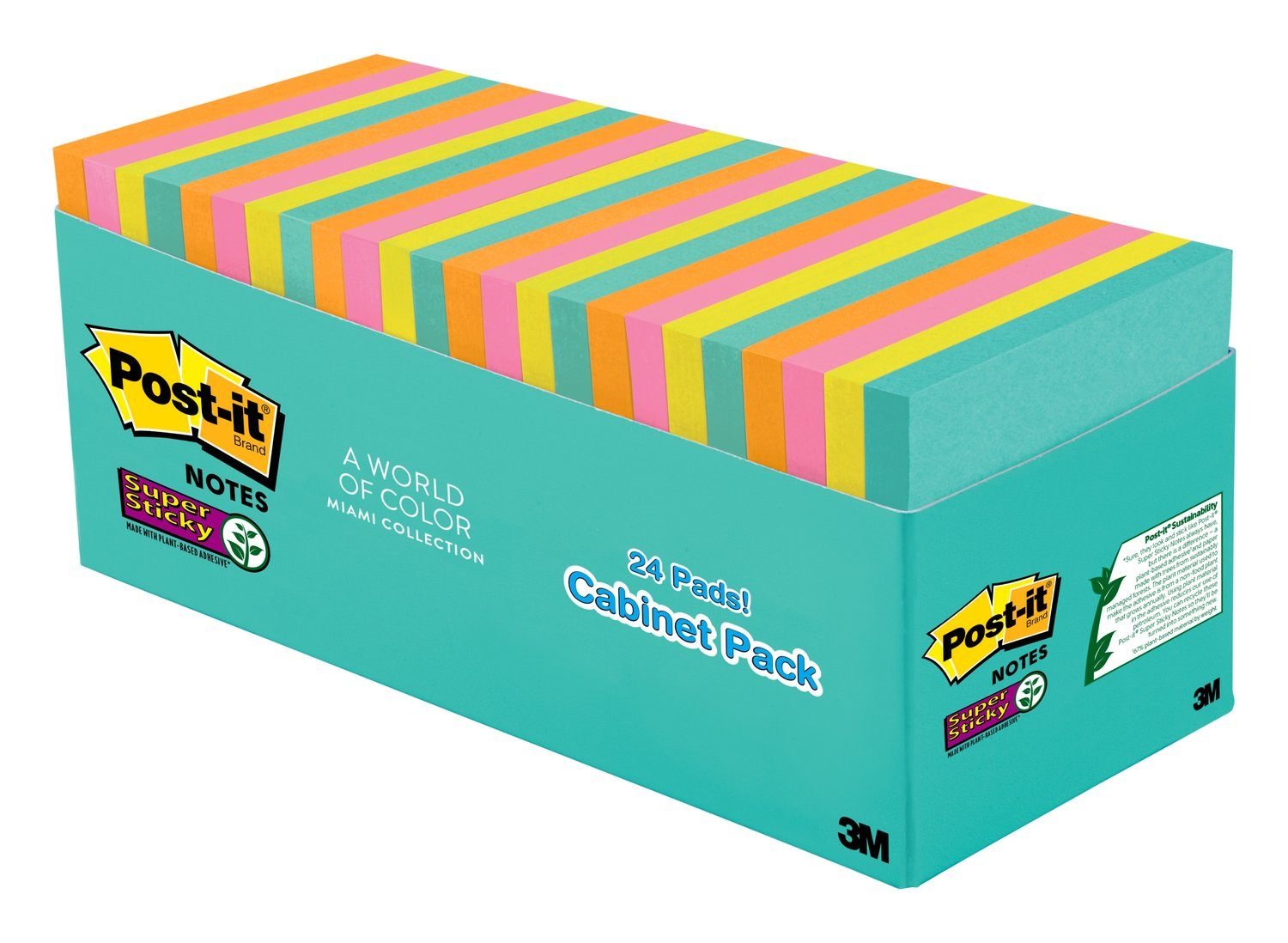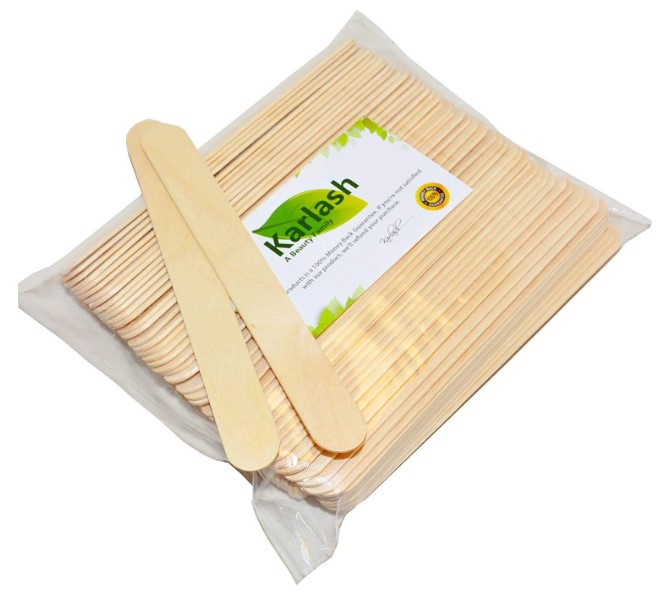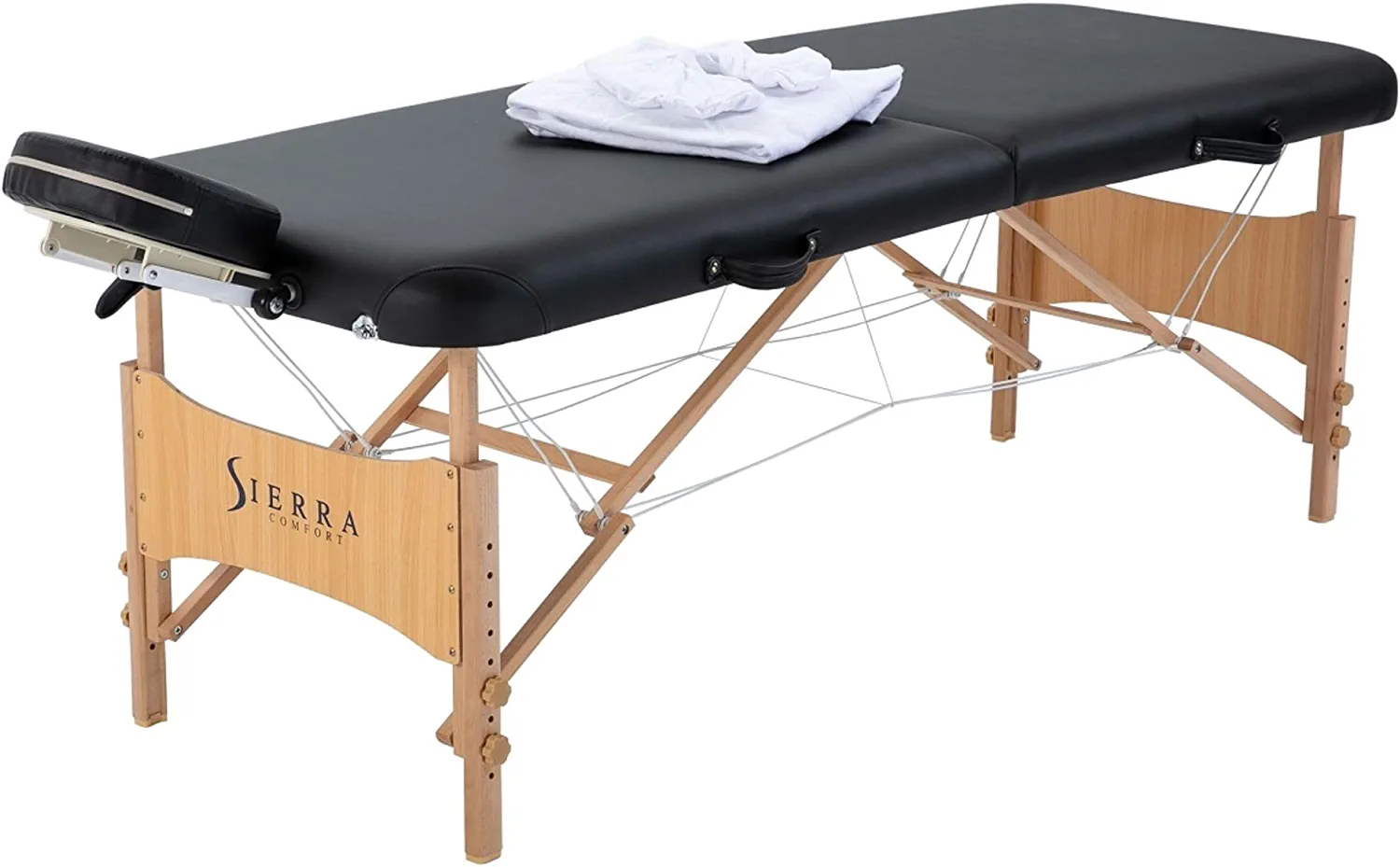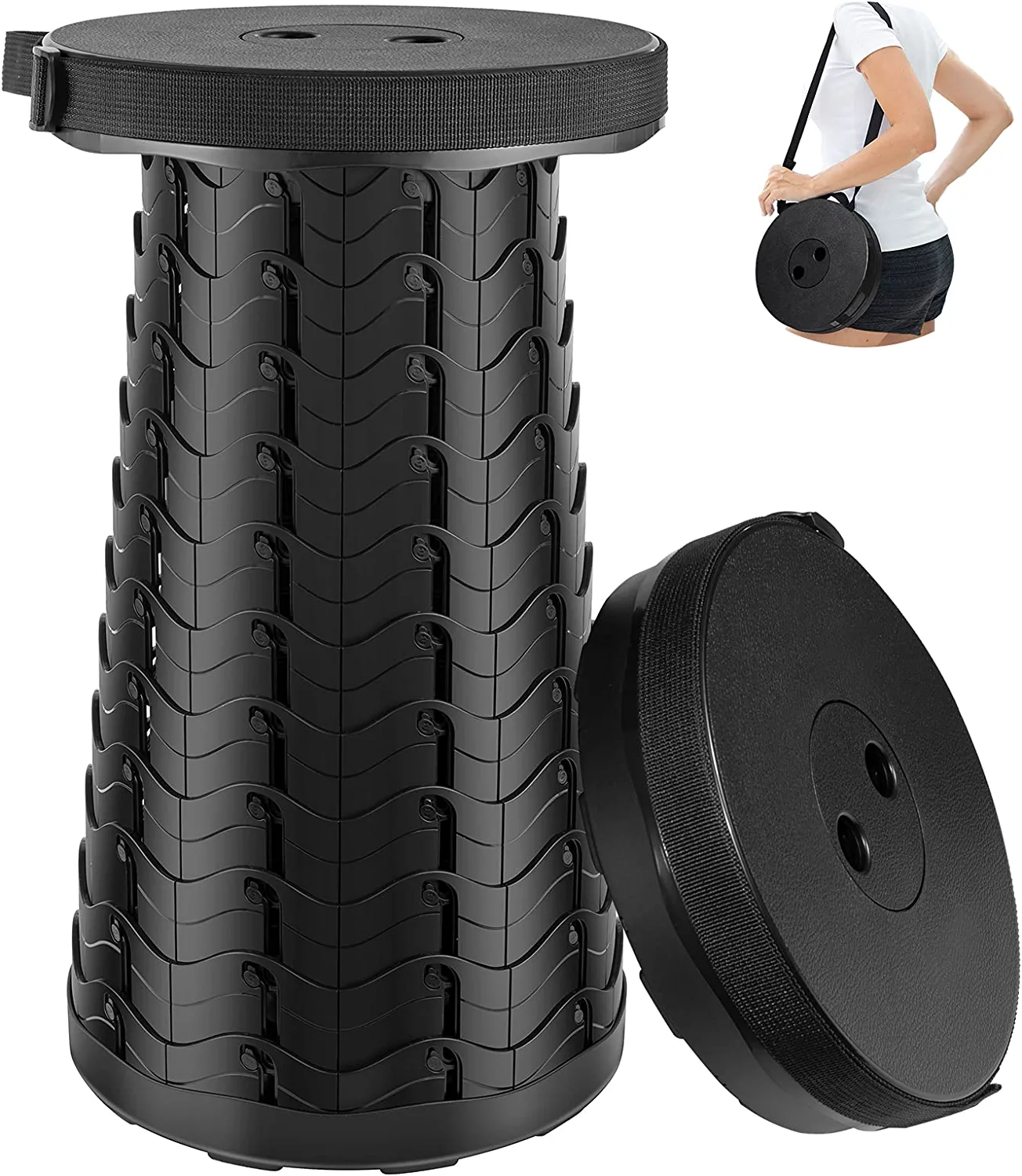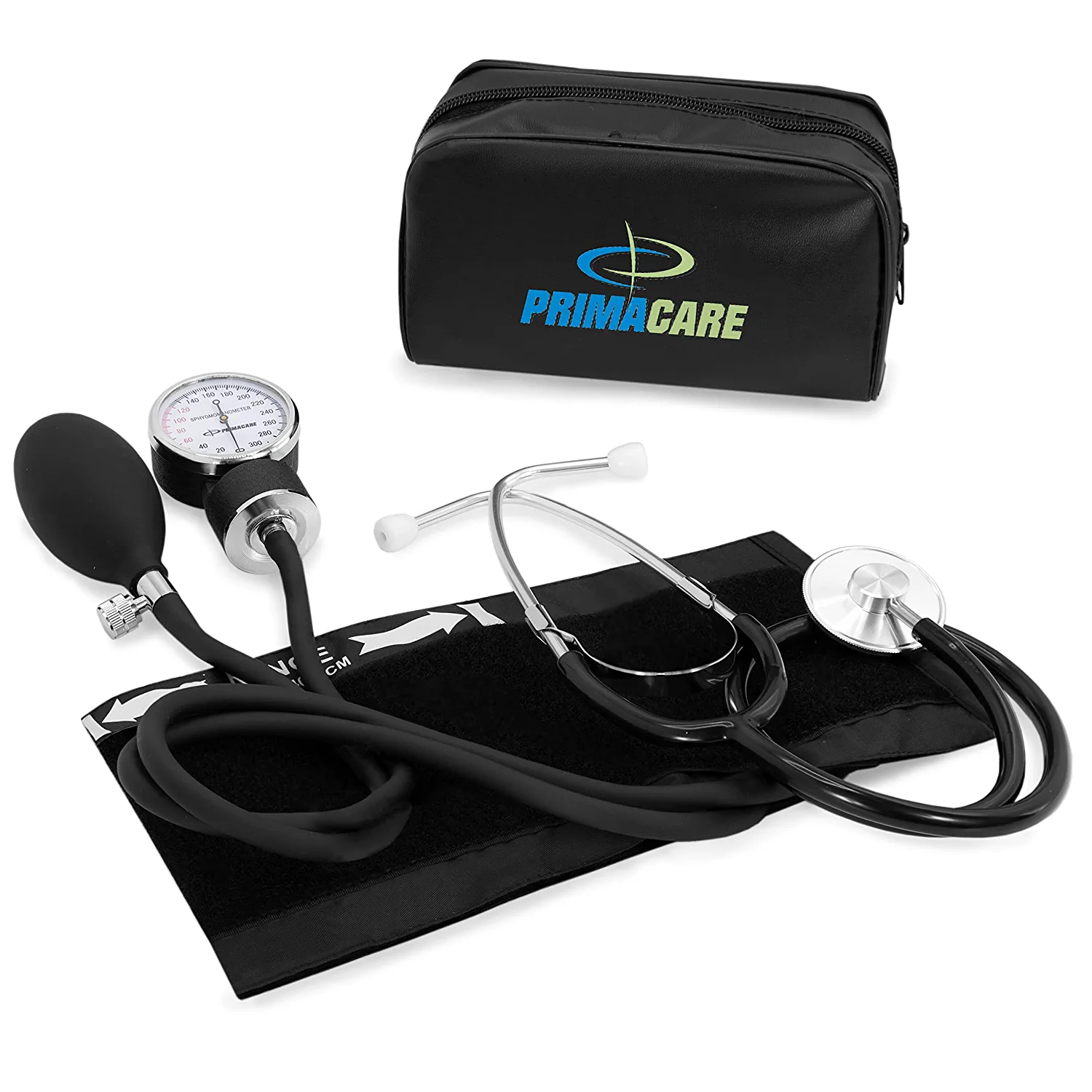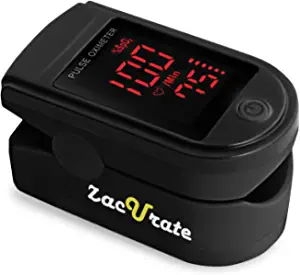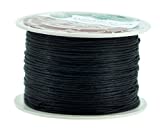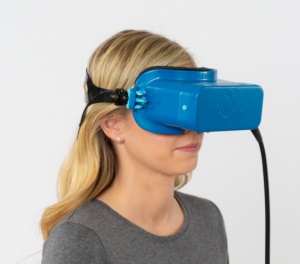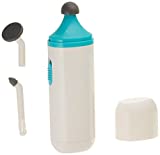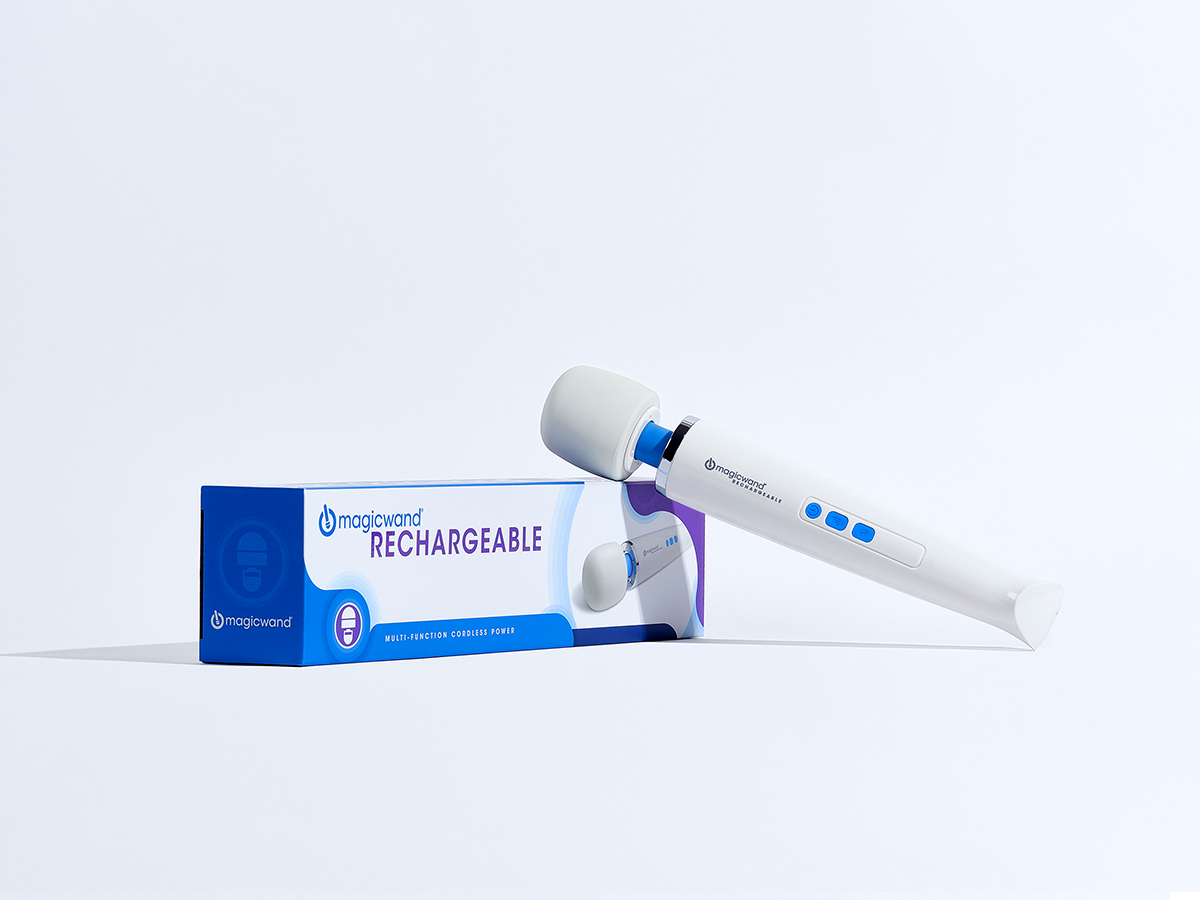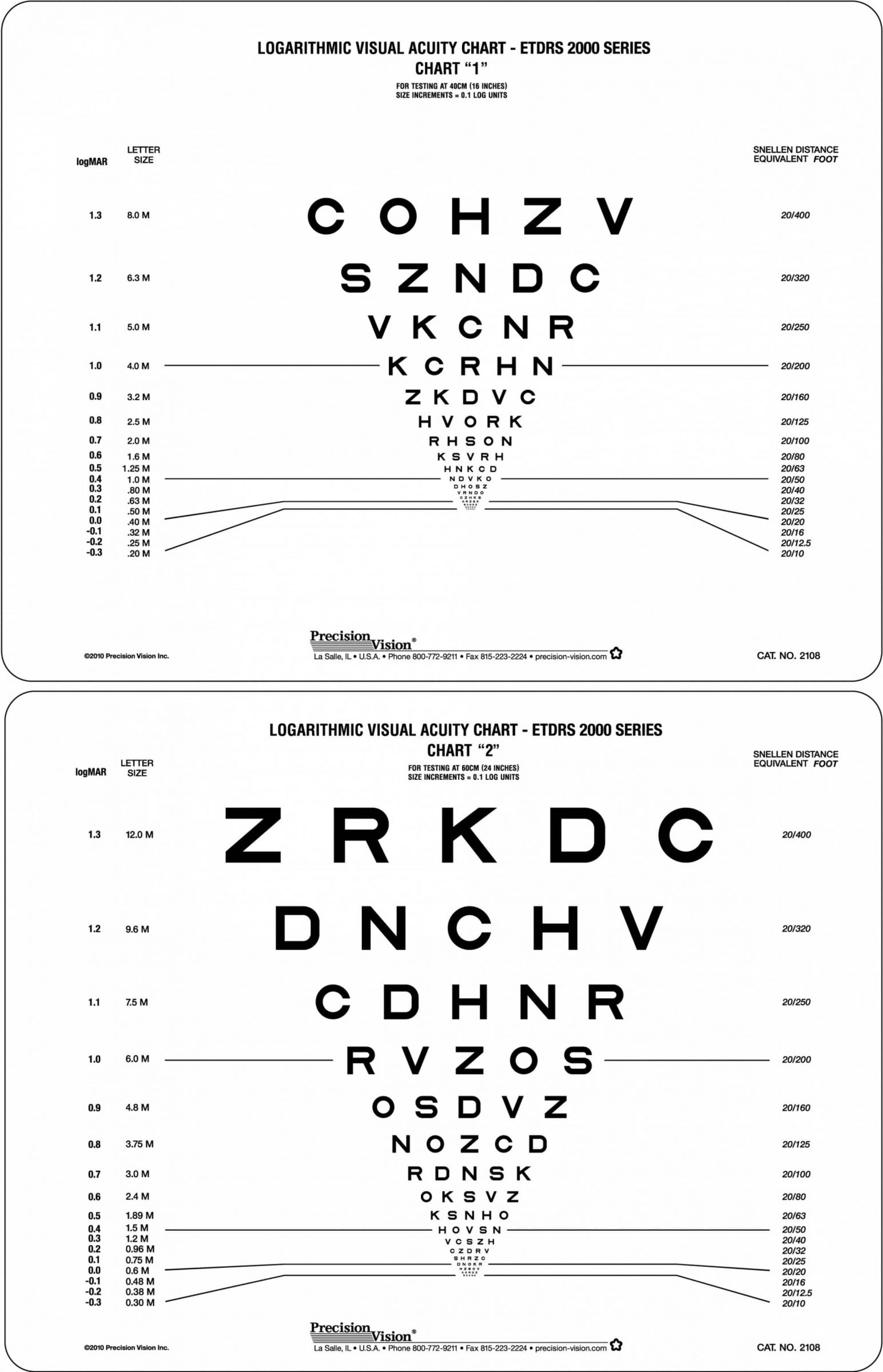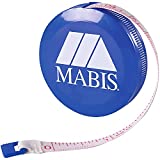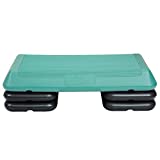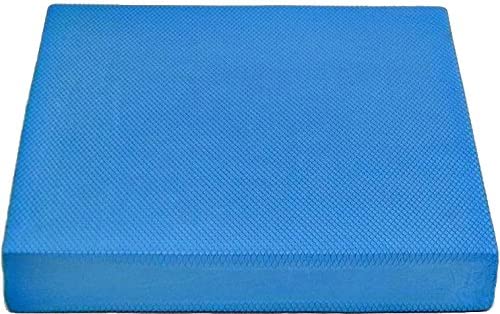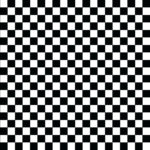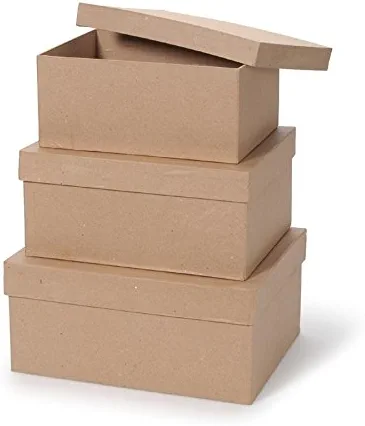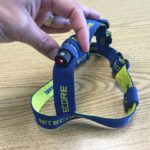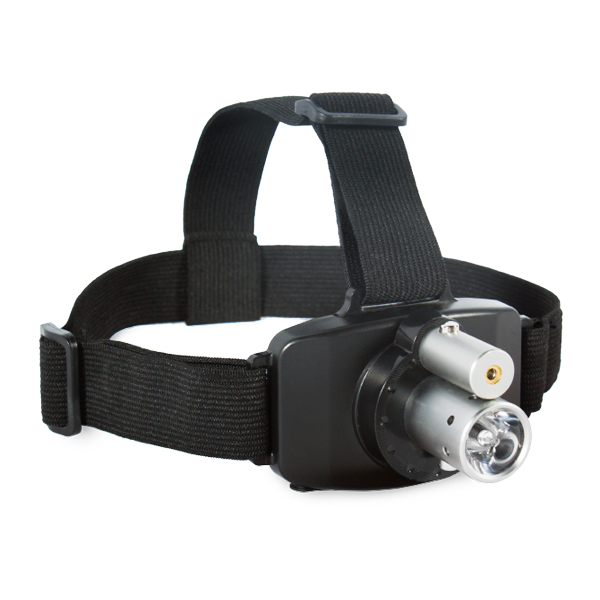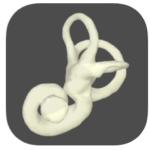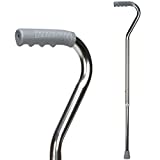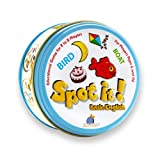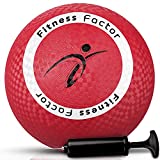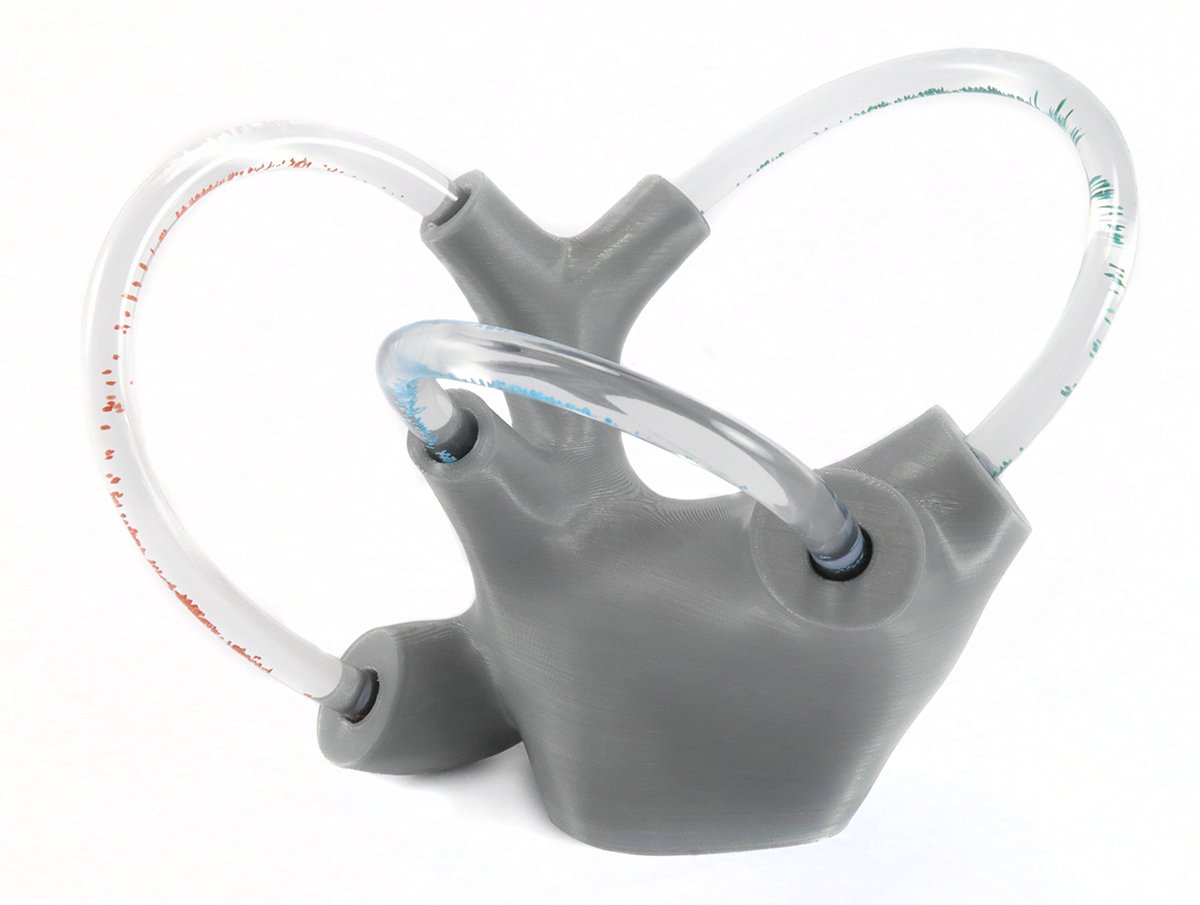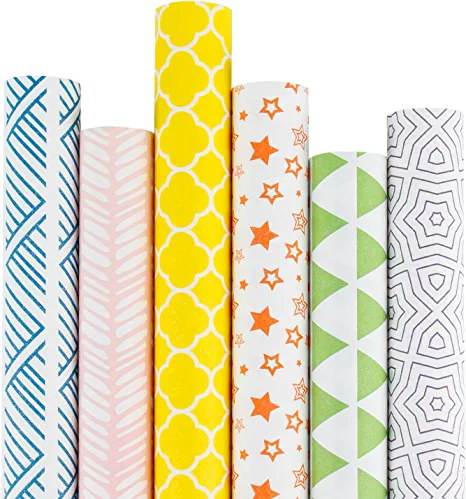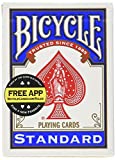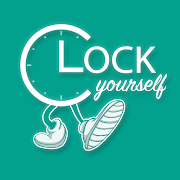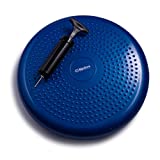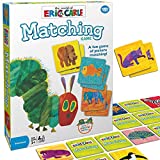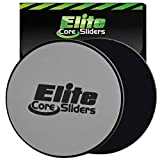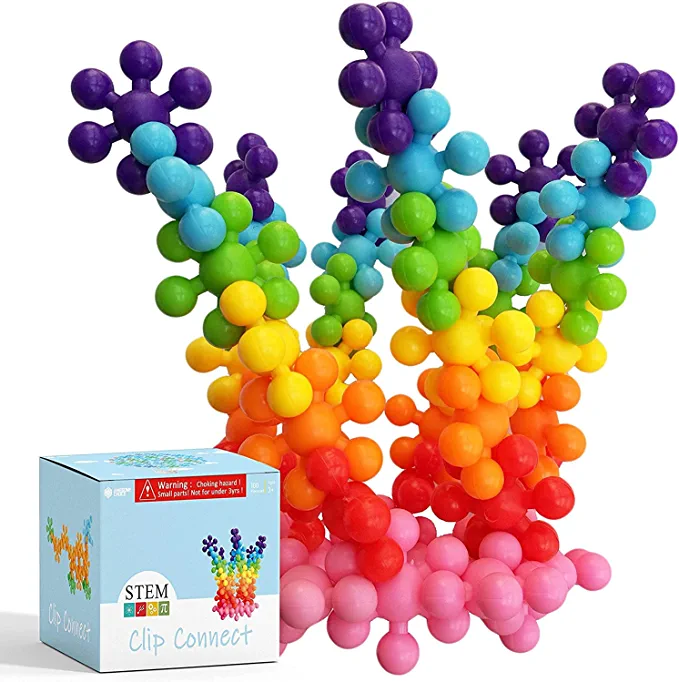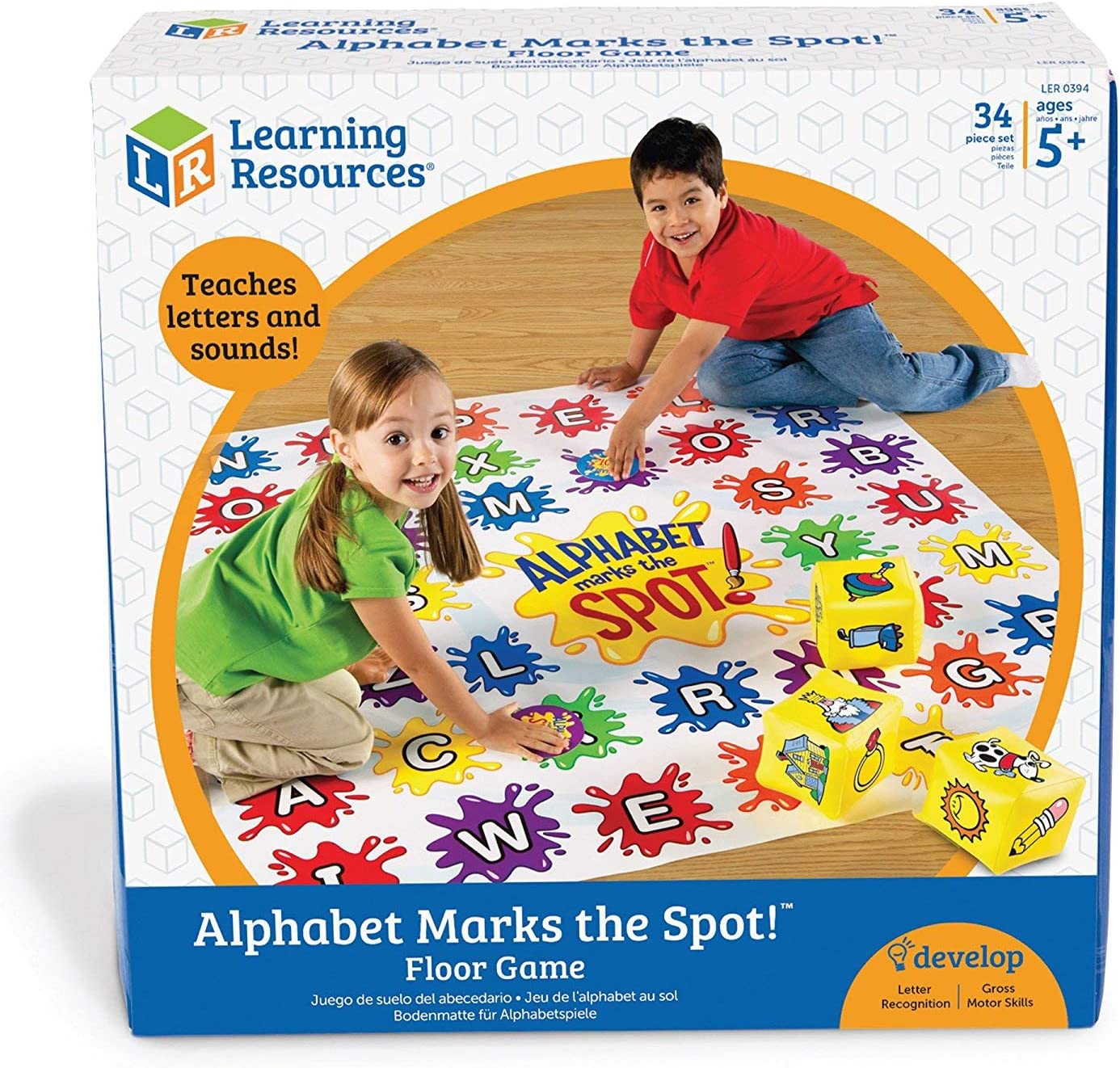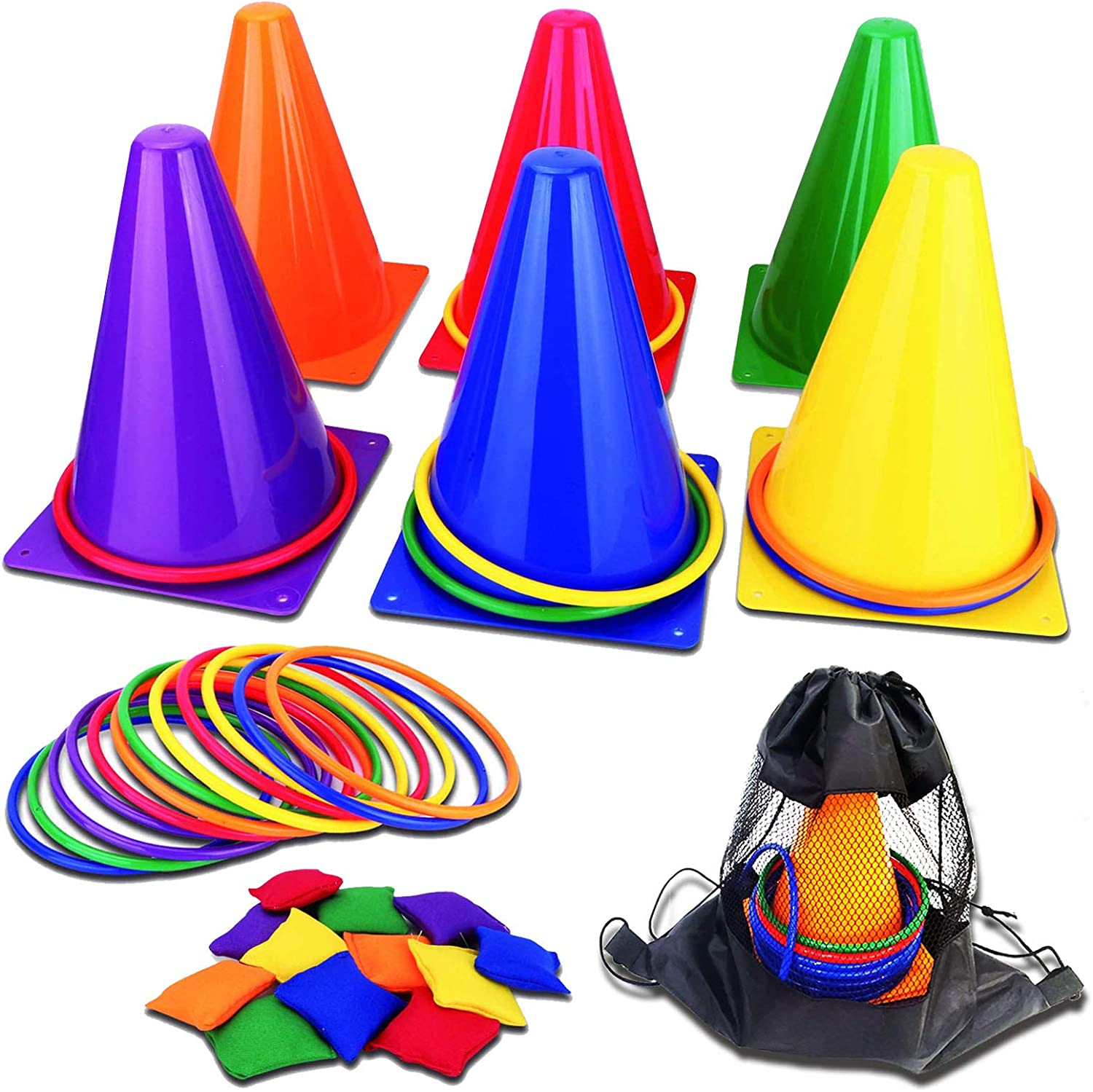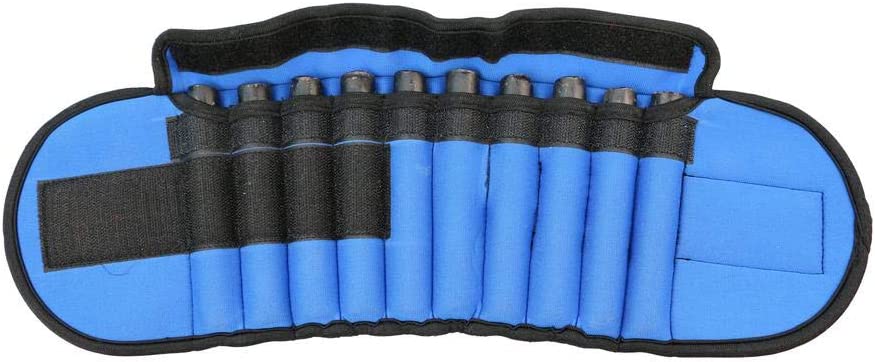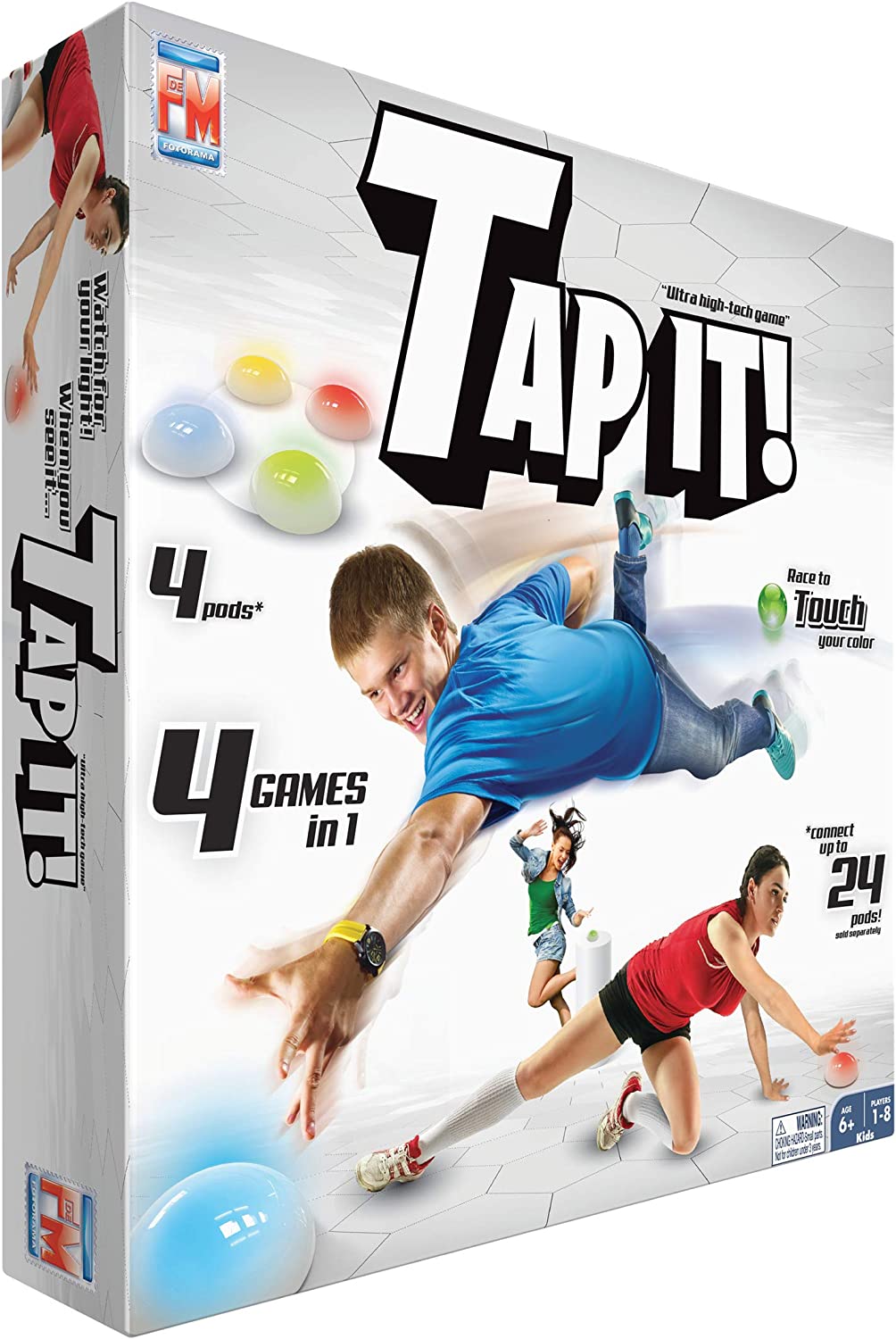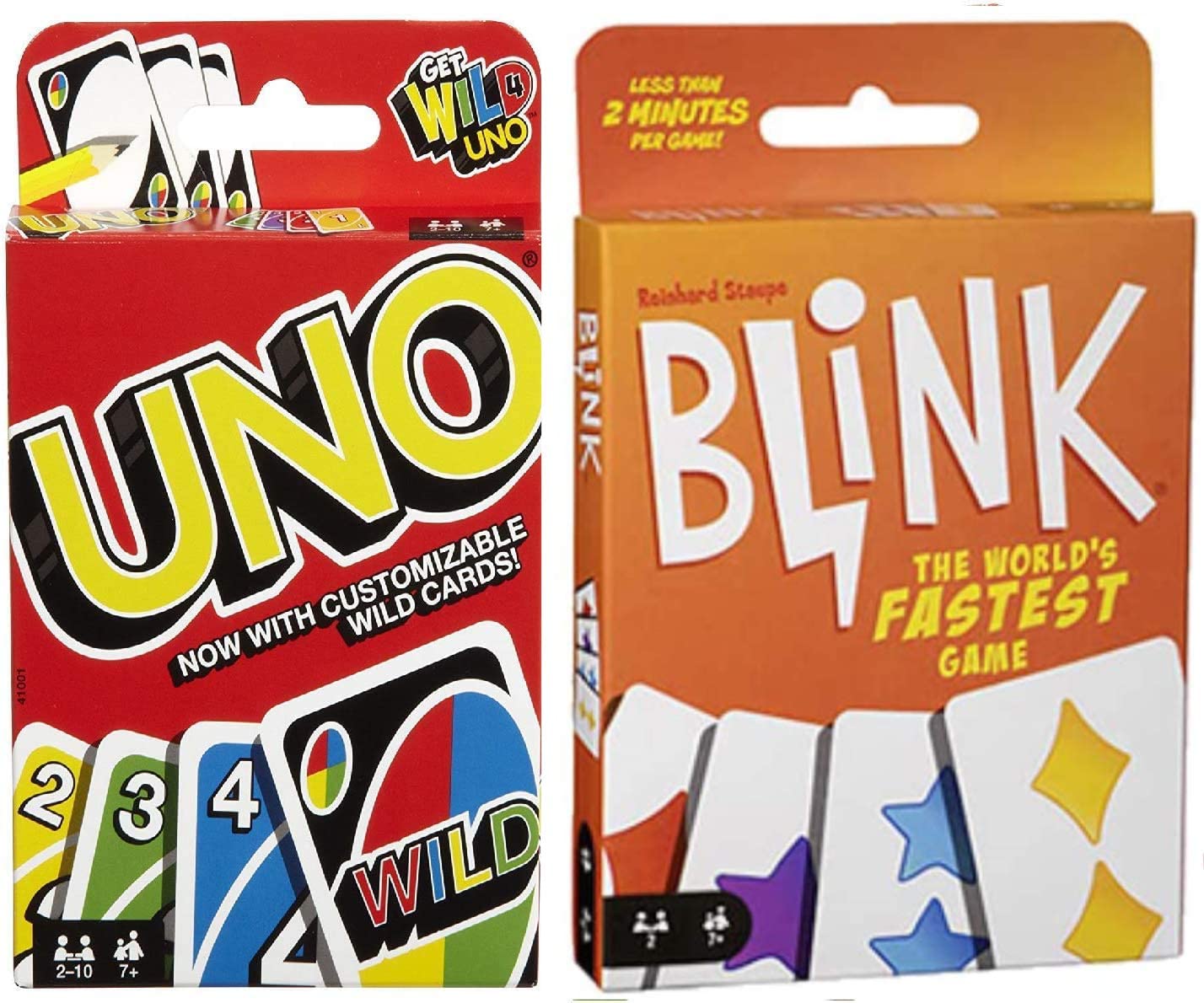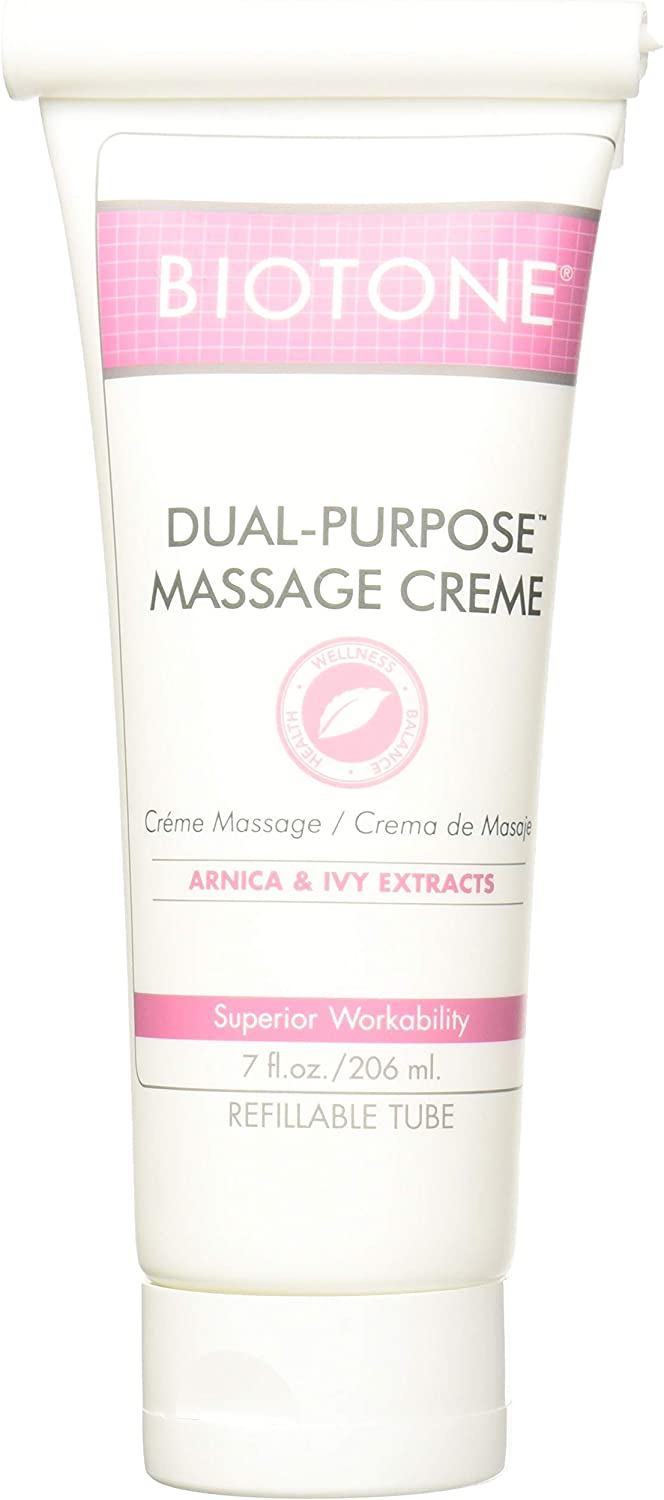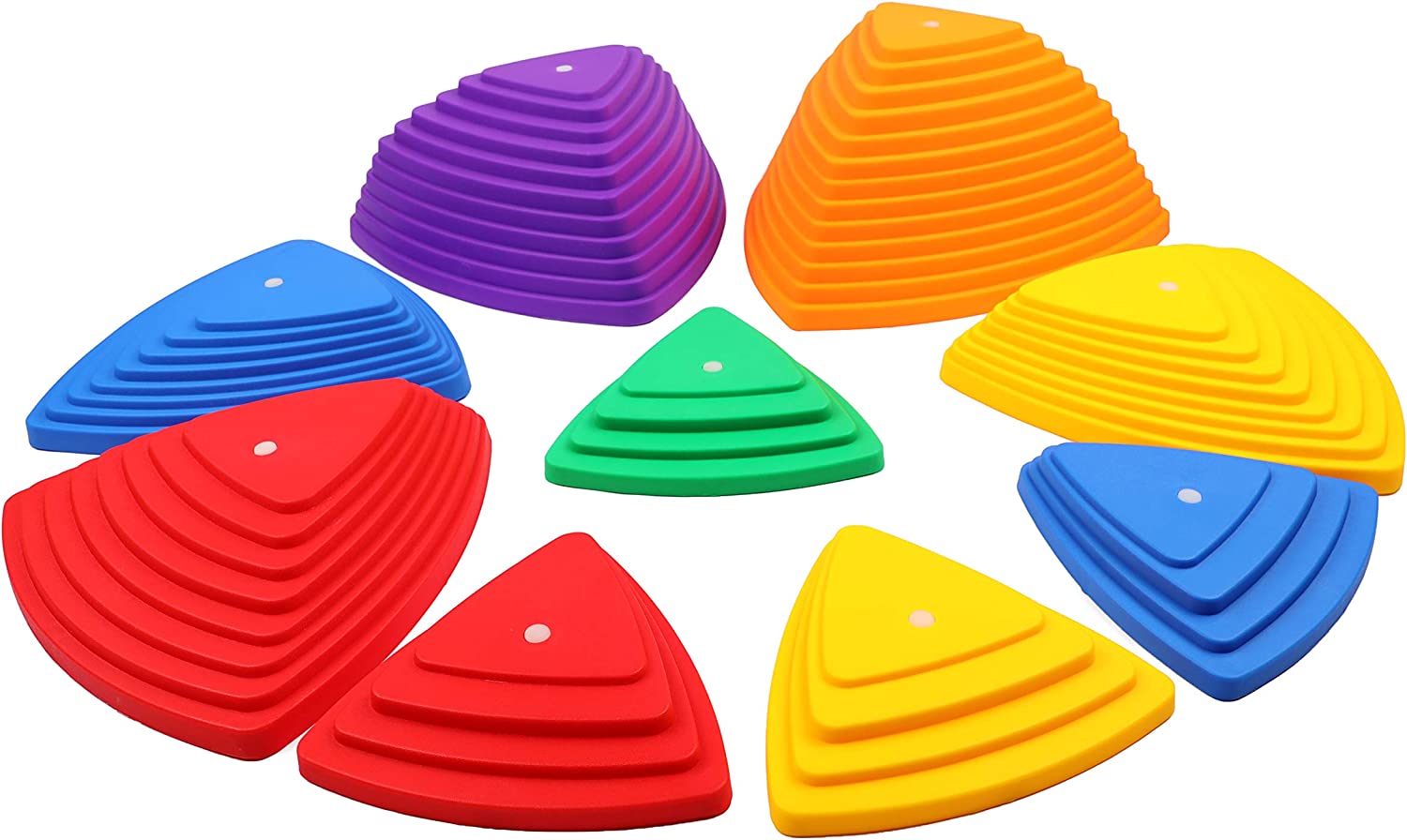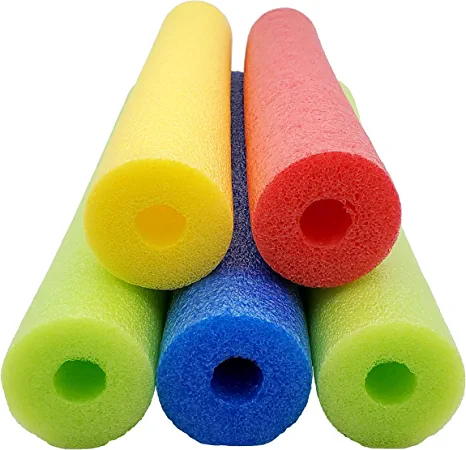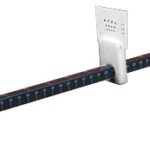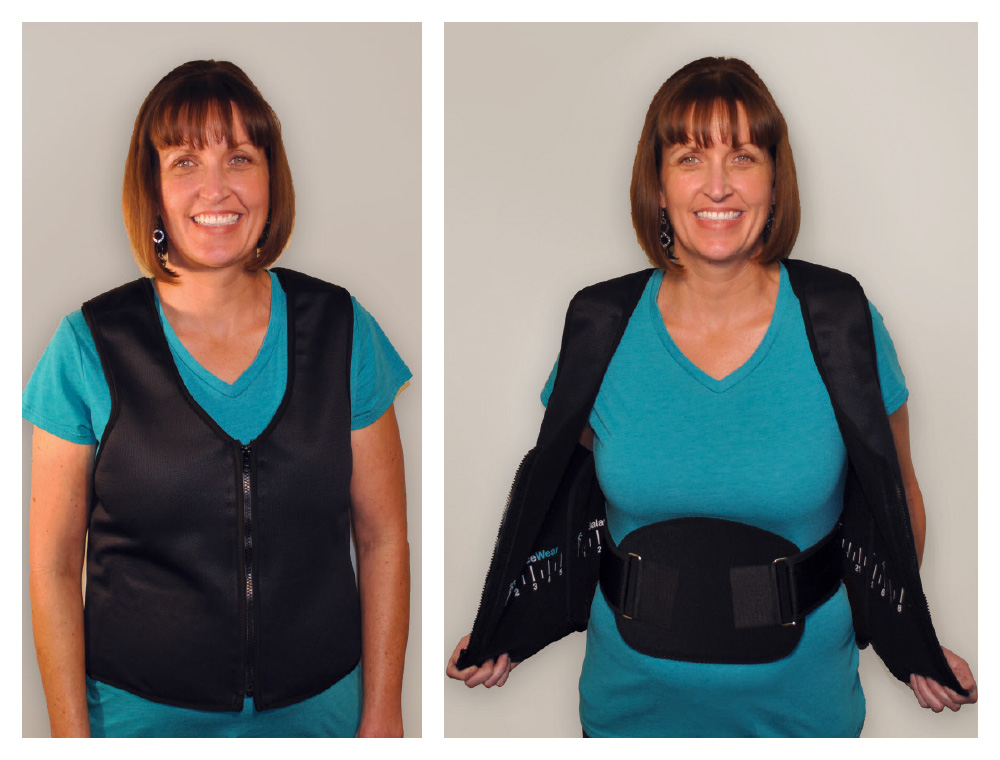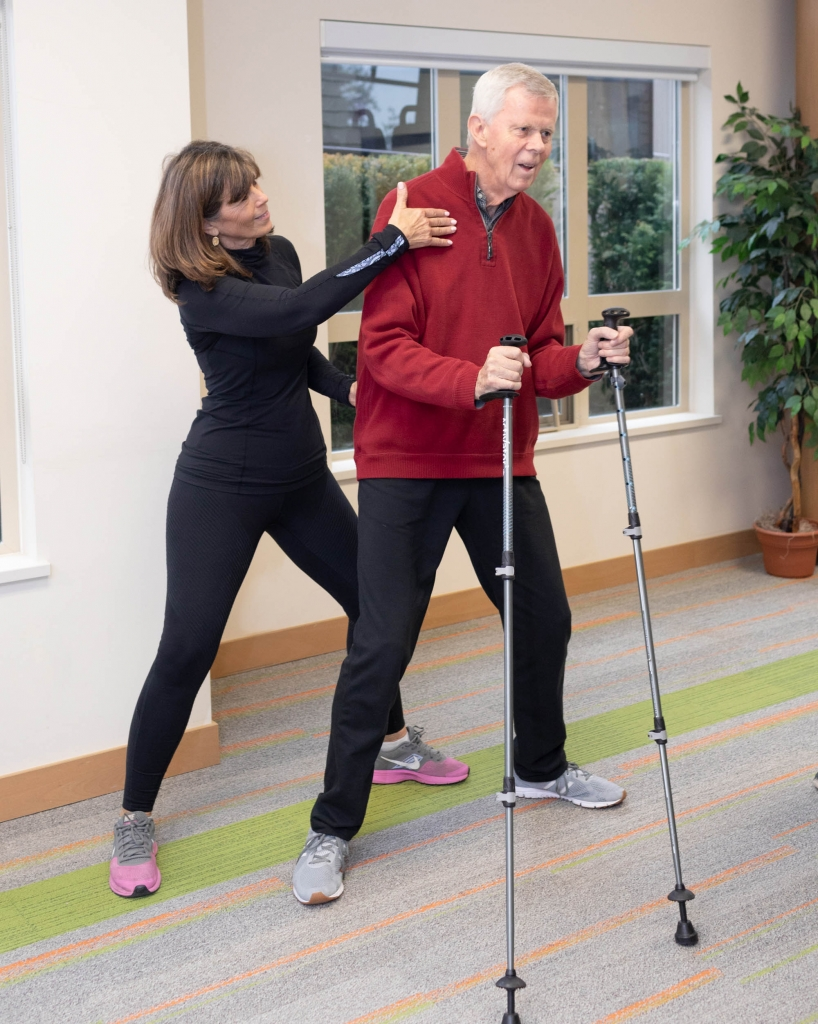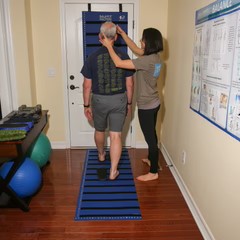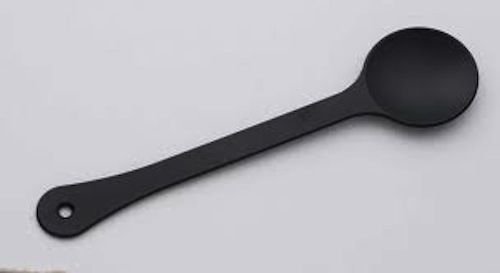Essential equipment for a mobile vestibular clinician
Whether you’re starting a mobile practice on your own or joining a team of mobile clinicians, you’ll want to make sure that you have equipment that is reliable, affordable, and works for your mobile workstyle. I had the privilege of interviewing a mobile vestibular PT and have a bit of vestibular experience of my own to add. Now I’m sharing our combined insight with you!
Keeping your equipment up to date is an important part of excellent patient care!
Basic Needs
These elements are your bare-necessities for any vestibular clinician. The items listed below include essential exam items such as infrared video goggles as well as treatment tools like make-your-own Brock strings for convergence. Think we missed something? Please email [email protected] so I can share your ideas!
Most of the items below you can find on Amazon or at specialty stores linked below. If you would like to see the complete list of items from Amazon, check out our Ideas List for Essential Equipment for Vestibular Rehabilitation . Items purchased though these links directly support our innovation research to provide affordable vestibular technology to clinicians, educators, and researchers worldwide.
Post-It Notes
Post-it notes are the mainstay of the tool box for many vestibular therapists. With a clearly written, reading size letter (or larger, depending on the patient’s vision and the goals of the activity), the post-it is a solid target for active eye and head movements (also known as gaze substitution or shift) and gaze stabilization exercises (VORx1 or x2). You can have the patient hold the post-it or stick it to the wall (which is handy if they have shoulder issues or a mild tremor particularly).
Wooden Sticks
These wooden sticks are helpful when testing convergence (just write a reading sized letter on one end) or as an alternative to post-it notes for gaze stabilization exercises.
Portable Treatment Table
A portable treatment table is necessary for assessment and treatment of everything from BPPV to neck issues to habituation of position changes. The adjustable height feature is important for both patient safety (getting on/off the table) as well as for proper body mechanics for the clinician. I like along with those that have a weight capacity to accommodate a variety of patient body types.
Telescoping Stool
An on-the-go clinician needs a stool that is easily carried and sturdy when sitting during patient exam and treatment techniques.
Blood Pressure Cuff and Stethoscope
Vitals are vital. ‘Nuff said.
Pulse Oximeter/Blood Oxygen Saturation Monitor
Dizziness can come from multiple sources, and low oxygen levels can be one reason. Rule that issue in or out with a reliable pulse oximeter/blood oxygen saturation monitor.
Timer
Set this timer for 30 sec, 1 min, or any time you’d like and have it countdown to ring when the patient should stop performing exercises such as active eye and head movements (gaze substitution), VORx1 or x2, and habituation or balance activities. In addition, it is has a magnetic back, stand, and hook, so there’s always a way to keep it upright and close by. It’s a low cost useful tool!
Beads for Convergence/Brock String
Using a Brock string can be important for treating those with impaired convergence (normal: 5-7 cm from the nose), which may be seen in those with post-concussive syndrome, migraine/headache, or other central vestibular disorders. At 1.2 cm, I like the size of these beads for visualization as well as the color variety in the mix. For those with a neuro program, sorting the beads also makes for a great fine motor and/or reaching activity with or without a standing balance challenge.
String for Convergence/Brock String
Instead of spending $5-10 per string, I just make my own with the above beads and this sturdy string. I like the fact I can cut the string to any size I like and give patients a string for their home exercise program. If your time for making your own strings is limited, I’ve made some strings in advance of patient care or trained staff on how to make them, so I have a stack of them waiting for me when they’re needed!
Infrared Video Goggles
If you are performing positional BPPV tests, head shake tests, or a hyperventilation test in room light, you are likely missing abnormal eye movements you would see in the dark. Traditional Frenzel lenses have been shown to be only 33% accurate in showing displaying abnormal eye movements in those with known vestibular dysfunction.
With infrared video goggles, you have removed visual fixation and can visualize abnormal eye movements with the same accuracy as ENG (the gold standard that uses signals from electrodes on the face to track eye movements). Video goggles also allow recording of eye movements for self or peer review or student/patient education. $1,500-10,000+ depending on manufacturer and features.
BPPV Vibrating Massager
I don’t use vibration to treat BPPV often, but every once in a while, I add it to a treatment for those very stubborn cases. Vibration is required if you’re going to use the maneuver that involves vibration at the mastoid of the affected side plus the BBQ (modified canalith repositioning maneuver for horizontal canal) for horizontal canal cupulolithiasis. This vibrating massager is small, inexpensive, and just takes one C battery to operate (so keep extra C batteries on hand, just in case).
Vibration Tool
This is a more expensive vibration tool for the cordless/rechargeable version I prefer (there is a corded version as well). However it is essential because it has the exact Hz (100) needed for an effective vibration-induced nystagmus test, which can be very useful in identifying unilateral vestibular hypofunction regardless of whether it occurred recently or remotely. Luckily, we did a Journal Club on this topic, so you can watch a recording to learn more here. I do use it sometimes for those tough BPPV cases as well, but it has a stronger vibration that the other one I recommended, so I like having both on hand.
Handheld ETDRS-R Eye Chart
Testing dynamic visual acuity is easy with this handheld but accurate eye chart. This one is flexible since it can be accurate when the person is either 16 in or 23.5 in from the chart (depending on which side you use). You can print an eye chart for free instead of buying one, but it’s important that the patient be positioned at the distance appropriate for that specific chart, while it can be challenging to determine and ensure consistency of letter size between an online version and a printed one. Also, I prefer this chart because unlike a Snellen chart, there is the same number of letters on every line – in order to be counted as accurate, the patient has to read every letter on a line correctly.
Tape Measure
Every clinician likely has several tape measures floating around for assessing everything from leg length discrepancy to swelling. For a vestibular therapist, you will want to keep one handy, as you’ll need it to measure convergence, accommodation, and the distance from the rotation point of your patient’s head to a joint position error target (see more on tools for joint position error below).
Stairs or Aerobic Step
Stairs allow for assessment and treatment of an important functional task as well as serving as an element of the Functional Gait Assessment, a useful outcome measure for dynamic balance. Balance training for activities such as a step tap for single limb balance or safe negotiation when looking down may also be important for those with vestibular dysfunction. If your patient has zero stairs available but will need to perform curbs or stairs in the community, then practice on an aerobic step is better than nothing!
Balance Pad
A staple for any balance program, a medium density foam pad is essential for testing the mCTSIB (modified clinical test for sensory interaction in balance). It is also useful for various balance activities including stepping on/off of the foam to promote effective anticipatory and reactive control when standing or walking on uneven surfaces such as a sandy beach or a grassy yard. It won’t last forever, but it does the job well.
Joint Position Error Target
This target is free and printable from for your assessment of joint position error, which if problematic may indicate possible cervicogenic dizziness. In order to be accurate, you must follow the proper protocol for target placement on the wall. This includes having the patient sit so that the rotation point of the patient’s head is 90 cm from the wall upon which you will be placing the chart, which should be eye level and centered per the patient’s report. Green and yellow are considered normal, while red and anywhere outside the target is considered abnormal. You can laminate one for longevity!
Printable Checkerboard Pattern
Various patterned backgrounds provide an opportunity for habituation for those with visual vertigo as well as adding a level of complexity or challenge for VOR exercises or active eye/head movement (AKA gaze substitution) training. I like this checkerboard because it’s free to print, printable on standard 8.5 x 11 in paper, and easy to provide to a patient for home exercise program use as well.
Standard Shoe Boxes
To complete basic balance assessment such as an FGA or DGI, or to practice stepping over an obstacle, you will need at two standard sized shoe boxes. I bring mine in from home after buying a pair of shoes, but you can buy them online if you choose. Be warned that these will need to be replaced periodically – sometimes patients will step on them accidentally! Buy online or get them free from a shoe store.
Joint Position Error Laser (DIY)
It is necessary to have the laser at eye level for joint position error testing and treatment of those with cervicogenic dizziness. The do-it-yourself set-up on this website offers two very inexpensive options for both clinic and home exercise program use, although I couldn’t find the Nitecore head strap they mention on Amazon. The ball cap version is particularly easy as almost everyone has the items needed, but be sure that the laser pointer you use is the type you can be turned on in such a way that it stays on without you having continuously hold down the button.
© 2018 Skillworks
Joint Position Error Laser
At $28, this is not a significant expense if you are going to be testing joint position error for cervicogenic dizziness often. It is a very easy-to-use device and doesn’t require any fiddling with aligning the laser as it sits at midline. Its strap is thick to keep it more securely in place and comes with waist/extremity strap if you’re interested in using it for visual feedback of somatosensory positioning for other joints.
aVOR iOS App for Education
Free to download, this app provides an opportunity for patient, self, student, or new vestibular clinician education. It has a visual representation of the vestibular apparatus including its location and size relative to the head. It allows you to see which canals are activated and inhibited with certain directions of head movements as well as what types of abnormal eye movements you may see with dysfunction (acute or compensated lateral canal loss, for example). The app also has a “quiz” setting for self-testing: view the eye movements, then predict the vestibular issue(s).
Optokinetic Training Videos
These FREE videos are helpful for gradually progressing a habituation program for patients with visual motion sensitivity, in addition to using the disco ball (below). Three of my favorite options are:
- Gabrielle Pierce, DPT on YouTube
- Emory’s Vestibular Course Playlist
- VRT Technologies – moving lines and patterns with targets and metronome, built by Ed Kostek, PT, DPT, OCS
Adjustable Cane
Sturdy, reliable, and basic, this cane is a great tool not only for the obvious gait training but also for training stepping over an object (tree root simulation!) as long as you guard your patient closely for safety. If you have a neuro population (peripheral neuropathy etc.), you may also want to get Loftstrand crutches
Spot It! Cards
These cards have been one of my best investments. They provide a great way to train both visual saccades (scanning to find matching objects) and left and right head turns during a balance challenge (when the cards are held by the patient with arms in a wide “V”). I have the patient reach for the cards to add another dynamic component. Not does this game make balance training less boring, but it also provides a concurrent cognitive challenge which is great for many of my patients including those with post-concussive syndrome.
Playground Ball
I like the $5 light playground balls they have at most pharmacies in the spring and summer, but if you want a sturdier ball, this one does the job. It’s great for the patient to ball toss/catch to self or to staff for anticipatory and reactive balance training. I like to walk next to my patients, alternating sides, while tossing the ball to them and having the toss it back to me, so they have to frequently turn their head while walking. It’s also perfect for the patient to toss the ball behind them, have it bounce on the wall, then they catch it, alternating sides for frequent left/right head and body turns. Increase the speed for your higher level patients, and you’ve got some significant vestibular stimulation there!
Fluid-Filled Model of Vestibular System
Showing how the otoconia move through the semicircular canals can be quite the challenge–but not anymore! Check out our new model that has crystals floating in fluid-filled canals with realistic timings, accurate anatomy, and cupulas that represent what happens during positional vertigo. $125 per apparatus ($250 for a matched left/right pair), or make your own if you want to purchase all the elements and have access to a 3D printer.
Additional tools to consider
The below list includes bonus items that will further improve your clinic. You can save this list for months or a year or two down the road, if budget is strapped after the purchase of the essential items above.
Busy Backgrounds (e.g. wrapping paper)
If you’re ready to go beyond the checkerboard when progressing the treatment program of your patients with visual vertigo, an inexpensive way to go is wrapping paper. There are many options of varying level of challenge, from lines (vertical or horizontal depending on how you place the paper) to complex patterns. You can cover piece of cardboard for a more “permanent” use in your clinic, and you can cut off pieces for home exercise use. Another option is YouTube videos (free as long as you allow an ad to run), which can provide more challenging moving patterns, like this very difficult option: Moving Lines Video
Playing Cards
Not expensive online (maybe less at the dollar store?) but another option for reaching, picking up a flat object from the ground, cognitive training during balance activities, and tapping your toe to cards arranged in different directions on the floor for single limb balance training. My patients who like to go to the casino or play card games with friends really engage with activities involving cards. Just keep the betting out of it to avoid legal issues!
Clock Yourself
Designed by an Australian physio, Clock Yourself is a great tool for adding gaming and creativity to your balance training options. It trains reactive stepping strategies and adds cognitive challenges, both of which have been shown to be important in reducing falls. It’s well worth it! Download Clock Yourself on the Apple app store or the Google Play app store.
Balance Disc
This is a great addition to a balance program when you’re looking to diversify your uneven surfaces. I like to have my patients stand with one foot on the Airex pad and the other on the balance disc to provide a more varied challenge, then reverse the placement, all while the patient catches and tosses a ball or plays a reaching game. This comes in a variety of colors too.
Memory Game
While not as versatile as the Spot It! cards, a memory game is another great way to create a cognitive challenge while having a patient perform a balance exercise such as standing tandem on foam. You can select as many or few cards as you want to use, matching the game’s length to how long you want the activity to last. You can also have the patient play alone or against you or a staff member, depending on how much challenge to memory you want to provide.
Exercise Sliders
Place this flat disc under one foot to promote single limb balance on the opposite leg. The patient can simply slide the other leg on the floor forward/backwards or laterally then toward midline, or you can increase the challenge by having them trace letters on the floor. Backwards alphabet or spelling out words can really increase the cognitive aspect!
Connector Toy
These are great for tossing to a patient’s left or right for them to call out the color and tap them away, challenging their magnocellular system/peripheral vision which is often disrupted in conditions such as post-concussion. Add a balance challenge and a central visual task such as finding letters on a swinging Marsden ball, and you’ve got quite the high-level task for your athletes working on return-to-play!
Alphabet Floor Mat
I love putting a foam pad in the center of this alphabet floor mat and then having my folks work on single limb balance while tapping their other foot onto different letters to spell words (cognitive task). Alternatively, have them reach their hand to touch different letters to habituate bending over/coming up with the wonderful concurrent cognitive task. Lots of options with this tool!
Cones, Rings, and Mini-Bean Bags
Ok, it looks like all my patients do is play at this point, right? So many brightly colored toys! But I’m telling you, my patients have lots more fun using these cones, rings, and bean bags for coordination, dual tasking, and magnocellular/peripheral vision work (see connector toys above) than they would sitting and marching in place. These are wonderfully portable for the mobile PT and home health folks!
Adjustable cuff weights
Balance and vestibular patients can need resistance for strengthening too. These highly flexible cuff weights are also sometimes helpful to provide a patient with increased proprioceptive information regarding limbs.
Nice to have for the A+ Clinician
There’s no way to be an overachiever like having this swag below. Get it now while your boss still is being nice to you!
Tap It Game
Working on reaction time, frequent turns, and dual tasking/cognition is a breeze when using some form of light-up pods that the patient taps in response to a color and/or sound cue. I’d love to afford the highly customizable and flexible Blaze Pods or Fit Lights, but alas, at $300-1000, that is not in my current facility’s budget. So currently I use Tap It for reaction time to a certain color or as a memory game, for example.
Blink and Uno Games
Blink is great for my folks with a language barrier or moderate cognitive issues because they only have to match color, shape, or number of items on the card (no reading required). Uno is best when I want a bit more planning during game play and is especially fun if I can get a spouse or family member in on the fun. All of these games can be interspersed with physical exercise (sit to stand every time you place a card for example) and balance tasks, but the entertainment aspect tends to make them forget how long they’ve been standing/working (making fatigue less of an issue). Set the cards further apart on a table, and you get lots of frequent functional saccades/convergence and head turns. Again, dual tasking for the win!
Massage Lotion
Manual therapy is often a part of clinical care, particularly in a population that tends to have lots of cervical guarding and tightness. This massage lotion is gentle, fragrance-free, and goes on without a greasy feel. Pricing varies by amount (cheapest to buy the largest size), but I recommend getting a small amount first just to be sure you like it as much as I do!
RiverStones Obstacle Balance Course
I love these river stones because they are great for walking across and around as a high level balance challenge, particularly for my patients who live downtown where negotiating curbs, cobblestone paths, and uneven sidewalks are real issues. They’ve also come in handy for outdoorsy patients who may be walking over rocky ground or into and along creeks for fishing. The real key is to cue the patients not to look down the entire time as that can be provoking to dizziness, but rather to pause while they have their balance to look ahead before looking down to continue walking.
Pool Noodles
So many options to play with these noodles! They make nice visual cues for stepping over obstacles, extenders to promote reaching to tap the end of the noodle to targets in the room or on the floor, and yes they aren’t a bad substitute for some swashbuckling. Who said rehabilitation can’t be fun?
Accommodation Ruler
For a formalized means of measuring convergence and accommodation, this ruler hits the mark. It’s pricey, which is why I keep it in my “nice to have” category. I currently measure convergence and accommodation informally with a measuring tape, which takes a bit more manual skill but is doable.
BalanceWear Vest by Motion Therapeutics
You do need to take a course to become a certified BalanceWear clinician, but it’s well worth it if you treat patients with significant vestibular loss (example: profound bilateral loss), cerebellar ataxia, or various other issues such as Multiple Sclerosis. This individualized weighted vest can be a game-changer for folks who need more somatosensory/proprioceptive input to their trunk to help significantly reduce imbalance/falls. Course cost is ~$500, and you can get a free evaluation kit if you host a course. The cost of a vest for a patient is $500-1000 depending on exact type. Often insurance can cover some or all of this cost. Even if you don’t become certified, try to find out who is in your area so you can helpfully refer patients who truly may benefit!
Activator Poles
Activator poles by Urban Poling can be a good alternative to a cane for the right patients, as they can provide improved posture, abdominal muscle activation, and larger movements for increased arm swing and stride length. They can be useful for patients with orthopedic issues such as back, hip, and knee pain as well. Clinicians can take an online webinar to learn more about how to use the Activator Poles, while there are many video resources for adults who want to use the regular urban poles for overall fitness.
Step and Connect
Step and Connect is an innovative balance and gait assessment and treatment tool. You can use the mats to assess step length and width, TUG, backward walk test, and maximal step length tests. For treatment, numerous foot shaped pads with various textures and foam densities contain clickers inside. Place the pads on the floor mat to provide visual, auditory, and tactile feedback to your patients during balance and gait training. Great for vestibular and neuro patients (I love this for my Parkinson’s patients for example). There is a home version for optimal home exercise program carryover. It’s reasonably priced for the clinic kit, or you can purchase individual elements to spread out the timing of the expenses.
Eye Occluder
I just use my hand to block the vision of one eye when testing for skew deviation. However, if you want a formalized tool, here’s an inexpensive eye occluder that can do the job. It’s affordable as well as durable and easily cleaned between patients.

